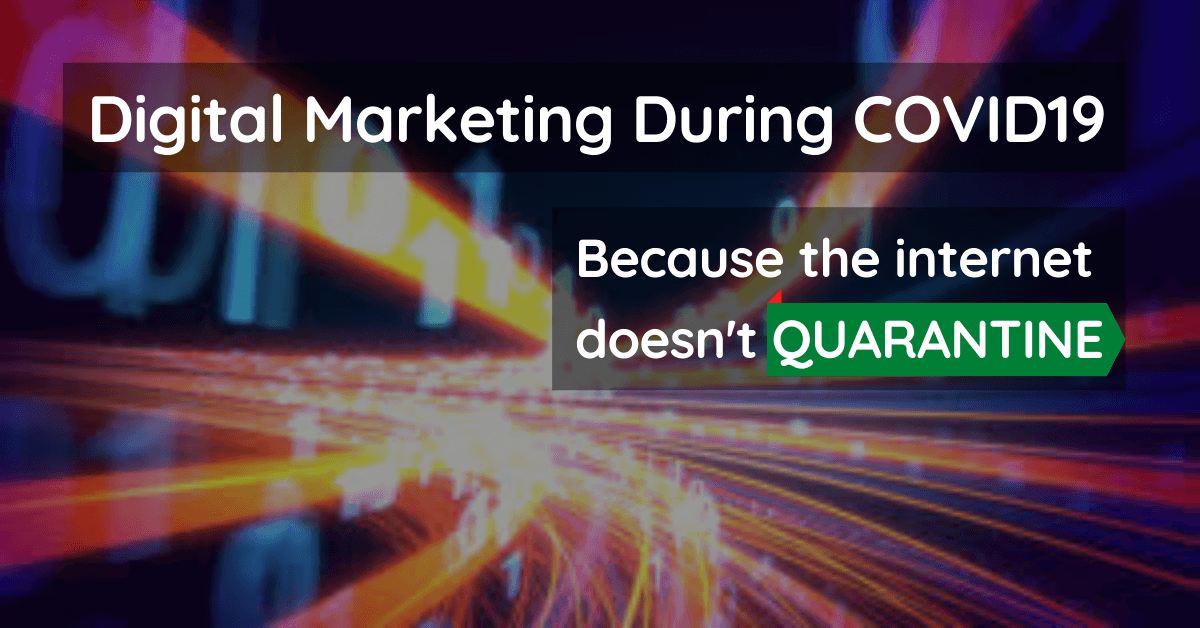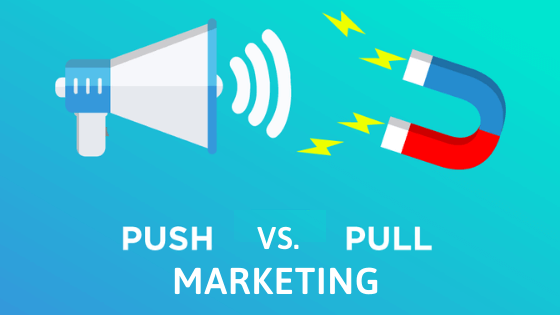With a third of the world’s population indoors, it is a tough period for businesses, schools, marketers, and people in general. Many describe the current situation by saying “The world is currently on pause.” While this is true to an extent, it is also important to note that this pandemic is a catalyst for social change. The world is going through a massive disruption.
As a digital marketer, this is the time to fine-tune your message. Your approach to business should be better than ever. This is the time to readjust.
Free from school, work, and daily routines, people are now more present online. There are more online conversations, more posts, more engagements, more content, and generally, more buzz. People are on the look for what will keep them engaged. They need that creative content. As a digital marketer, there are more demands in your market and you need to stay on top of the situation.
However, the period is very sensitive, you need to be careful about how you execute your digital marketing campaigns. Since January, Google had been “broadly blocking” ads with mentions of COVID-19 in a bid to protect users. Google intended to prevent people from capitalizing on short-term events such as natural disasters. It was recently that Google began to allow mentions of COVID-19 in ads. Still, ads are being thoroughly monitored.
Here are ways to execute your digital marketing strategies during COVID-19:
Engage With a Supportive Tone
This is a trying time for everybody. Through your email marketing or any other channel that you employ, let your audience know that your brand is with them in this. This is a time when more emails will be opened. Start off with encouragement and a show of support.
In a bid to support, you can give discounts and coupons on products. This is a period when a lot of brands are giving discounts as a show of support. Vogue has offered three months free access to all its digital titles as a means of supporting people indoors.
This may not bring high ROI now, but it holds the promise of a high ROI as you’re getting customers hooked on your brand. After the pandemic, your products will be a part of their lives they can’t just throw away.
Take Advantage of the Current Social Media Buzz
With a lot of businesses down, the costs of some social media ads have reduced. You can take advantage of this to spread your brand’s message because the internet doesn’t quarantine.
The engagement level on social is high at the moment, execute your digital marketing through these platforms. TikTok has been noted to be the social media platform of the future. It is currently experiencing a very high engagement level amongst the young demographic. You can create short and interesting videos that can pass your brand’s message across.
Utilizing interactive marketing will be useful at the moment. You can create a challenge where customers can win items by posting pictures and generating likes and comments. This will increase your social media presence while providing engagement for customers.
Create Engaging Content
The pandemic is instilling fear and boredom in people. They are looking for what will take their minds off the worries. This is an opportunity for you to plug in.
This is the time when your content has to be more interesting. Put in more work to get people hooked. Content is king at the moment. However, people are still critical of uninteresting content.
See which channels are proper for your brand and tailor your content to fit within these channels. Be consistent with the content and leverage on the lower cost of social media ads.
According to the Socialbakers’ State of Social Media Report, there is a lower demand for paid ads on Facebook and there is an increased performance of organic content. It reports that Facebook CPC has decreased. For brands overall, Facebook CPC is down to $0.089.
If you have some budget for social media, you can make use of this opportunity.
Pay Attention to Evolving Customer Behavior
Panic is a major factor at the moment. It is influencing purchase decisions and consumer choices. With a lot of factors in the minds of consumers, their behavior may not be easily predictable. This is why you need to pay attention to every trend.
Elderly persons have been noted to be more susceptible to the virus. Young people are getting out of jobs. School kids are out of school and grounded indoors. These different groups are reacting differently as their concerns are different. Pay attention to these reactions.
Knowing how your customers think will help you create campaigns that are well suited to them. It may take some effort to fine-tune the buyer persona, but you need to get this right.
Focus on Excellent Customer Service
This is when your customer service needs to be topnotch. A lot of people are on the edge and they could come off as being irritable. Your customer support staff has to understand this. It is time to develop some emotional resilience.
There shouldn’t be a reduction in your approach to customer service. Your business should move as if it is not affected. People need to know that everything is not totally down yet. Your brand may be facing some difficulties, still keep a strong resolve with your audience.
Being able to strongly navigate the troubled waters will help your brand stand out and also help you build a loyal customer base.
Don’t keep your customers on the line for long. Answer their questions in the comment sections on social media as soon as possible. Provide information to inquires with a comforting and assuring tone.
Avoid Appearing as Profiting From the situation
You need to make profits to pay your staff and keep your digital marketing campaigns on. Nevertheless, don’t make it obvious. This a period where a lot of consumers are going through financial issues. The panic of running out of essentials is everywhere. Thus, the atmosphere is highly sensitive.
A lot of digital marketing moves are being made to prevent people from profiting from the situation. Thus, any indication of profiteering may affect your campaigns negatively.
Many tech companies have rolled out new features to identify and screen content about COVID-19 and gauge the content’s level of severity. They want to ensure that the information that gets passed around is a very important one. One recently announced is that by adtech firm MediaMath.
Thus, your digital marketing strategy should be supportive and indicative of the problem your product solves.
Final words…
The world is on the internet at the moment and everyone is looking for engagement. As a digital marketer, it falls on you to provide this engagement. Brands who are strong at this point have the opportunity of building a loyal customer base they can rely upon after the pandemic.
Express your support and produce creative content. Build a strong brand voice with excellent customer service. Take advantage of the low cost of ads and run campaigns. Even if your product is one that cannot be enjoyed now, like flights or vacations, design your strategy to make consumers feel like they can start planning the future today.






